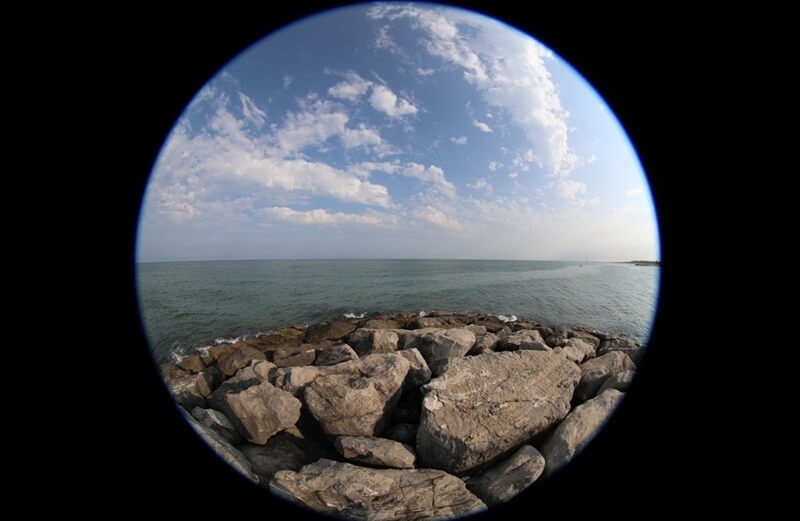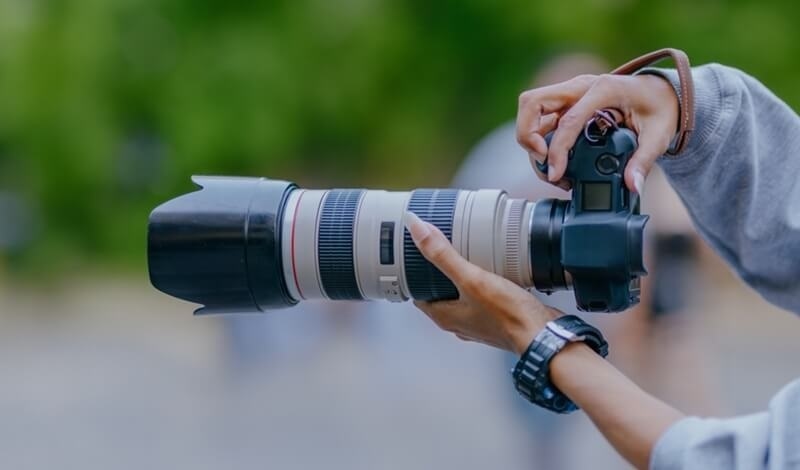
If you’ve ever stood in front of a camera shop wall full of lenses and thought, where do I even start?, you’re not alone. Lenses are like personalities — some are loud and dramatic, others calm and precise. Choosing the right one can feel like picking the right travel companion. They’ll shape how you see the world and what your photos say about it. This guide breaks down lens types in plain English. No technical jargon, just real talk about what each lens does and when it shines.
Here’s the truth — lenses aren’t just tools; they’re storytellers. Every type changes the feeling of your image. A wide lens stretches space, a telephoto compresses it, and a macro lens reveals things you didn’t even know existed. Understanding lens types helps you stop guessing and start seeing. The point isn’t to memorize specs; it’s to know what story each one helps you tell.
Think of prime vs zoom lens as the difference between a sprinter and a marathon runner. A prime lens doesn’t zoom, so you move your feet instead. That limitation actually sharpens your vision — it makes you think about framing before clicking. They’re light, fast, and great for low light. Zoom lenses, meanwhile, give flexibility. Perfect for travel, weddings, or when you can’t get closer. If you’re new, start with one of each. You’ll quickly feel which matches your rhythm.
Ever notice how some photos feel intimate, while others feel epic? That’s lens focal length at work. It’s not just a number in millimeters; it’s emotion. A 35mm lens feels human — honest and natural. A 200mm lens isolates and dramatizes, turning everyday moments into cinema. The shorter the focal length, the wider your view; the longer it gets, the tighter your story becomes. Once you “see” focal length emotionally, you’ll stop choosing lenses by specs and start choosing them by mood.
A wide-angle lens doesn’t just capture more; it makes space feel alive. Landscapes stretch, buildings tilt, and everything feels like it’s breathing. But here’s the trick — get close. The closer you are, the more the wide lens exaggerates perspective. That’s how you give your viewer that “I’m standing right there” feeling. In any macro vs wide-angle comparison, the wide lens paints scale, while the macro reveals intimacy. Both belong in your kit if you want your portfolio to feel complete.

If wide lenses are about openness, telephotos are about focus. A good telephoto lens guide starts with one truth — distance becomes invisible. You can photograph a lion, a surfer, or a musician on stage and still feel like you’re right beside them. These lenses usually range from 70mm up to 600mm. They’re heavy, yes, but worth it when you see those tiny details — eyelashes, textures, ripples in light. Telephotos compress space, turning chaotic scenes into simple, powerful frames.
Macro photography changes how you look at the world. A drop of water becomes a planet, a butterfly wing becomes a painting. A macro lens lets you focus unbelievably close, pulling out details your eyes miss. Compared to macro vs wide-angle, macro takes you inward, into the quiet corners of life. It’s less about capturing beauty and more about discovering it. It also teaches patience — the kind you didn’t know you had until you’re lying in the grass waiting for an ant to stop moving.
Great portraits aren’t about faces — they’re about connection. Lenses between 50mm and 85mm tend to flatter people naturally, without distortion. The 50mm f/1.8 is every beginner’s secret weapon. It’s light, fast, and cheap. You’ll learn more about light and composition from that one lens than any course could teach. That’s why it’s often listed among the best lenses for beginners. It lets you focus on people, not on gear. The moment someone relaxes in front of your camera, that’s when your lens earns its keep.
There’s something comforting about a standard 35mm or 50mm lens. It sees the world the way your eyes do. No distortion, no exaggeration — just honesty. These lenses are great for travel, street photography, or lazy Sunday walks with your camera. You don’t have to think too much; you just shoot what you see. And that’s sometimes the best way to fall in love with photography again.
Zoom lenses are for those moments when you don’t know what’s coming. They give you range — wide for scenery, tight for details — all in one shot. Sure, primes might win on sharpness, but zooms win on convenience. When you’re covering an event or chasing unpredictable subjects, a 24–70mm or 70–200mm zoom is gold. Many of the best lenses for beginners fall into this category because they help you experiment with composition, distance, and framing without switching gear. Zooms are like Swiss army knives — reliable, flexible, and always ready.
Once you’ve played with the basics, you’ll crave something weirder. Fisheye lenses, tilt-shift, ultra-wide — these are your creative playgrounds. A fisheye warps reality into curves, turning skate parks or city streets into something surreal. A tilt-shift can straighten architecture or make real scenes look like miniatures. They’re not everyday tools, but they remind you that photography should be fun. Rules help you learn. Breaking them helps you remember why you started.
Aperture decides how much light your lens lets in, but it also decides how your photo feels. A wide aperture like f/1.8 isolates a subject, softening everything else into a dreamy blur. A narrow one like f/11 keeps every mountain and cloud sharp. It’s a creative dial — one that works hand-in-hand with lens focal length. Together, they create depth and emotion. When you understand how they dance, you start controlling not just exposure, but storytelling.
Your lens is your voice. A street photographer’s 35mm tells stories of movement and chaos. A wildlife shooter’s 400mm whispers patience and power. A portrait artist’s 85mm speaks intimacy. Matching your lens to your subject isn’t just technical — it’s emotional. Whether you lean toward prime vs zoom lens setups or dream of mastering the next telephoto lens guide, the right lens will always mirror your way of seeing. That’s the secret most pros won’t tell you — the lens doesn’t just capture your subject, it reflects you.
Every lens teaches you a new way to see. A macro lens humbles you — showing how detailed a leaf really is. A telephoto reminds you how far beauty can exist from where you stand. A wide-angle lens asks you to step closer and participate in the scene. The more you switch lenses, the more your eyes adapt. Eventually, you’ll start “seeing” in focal lengths — you’ll imagine the frame before lifting your camera. That’s when you’ve truly learned the language of light.
Photography isn’t about collecting gear. It’s about collecting ways of seeing. Understanding lens types helps you translate feeling into image — to tell stories that words can’t. Once you grasp macro vs wide-angle, the nuance of prime vs zoom lens, and the emotion behind lens focal length, you’ll never pick up a camera the same way again. Every lens is an invitation — to step closer, to stand back, to notice more. So experiment. Borrow lenses. Make mistakes. Because somewhere between the wide and the telephoto, the macro and the portrait, you’ll find your perspective — and that’s the lens that truly fits you.
This content was created by AI